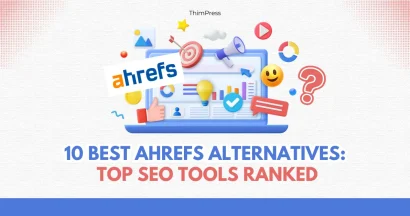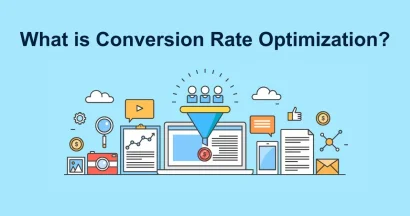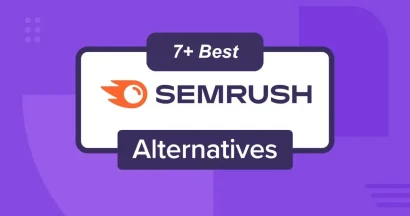Think about all the ads you see every day. Do you pay attention to them? Probably not.
Most people have learned to ignore pushy sales messages. Businesses need a better way to connect with people, which leads to the big question: What is Content Marketing?
In short, content marketing means creating and sharing useful content to attract your ideal customers. Instead of just saying, “Buy our product,” you focus on answering their questions and solving their problems.
The goal is simple: build trust. When people trust your brand as a helpful resource, they are far more likely to become loyal customers down the road.
Eduma – Education WordPress Theme
We provide an amazing WordPress theme with fast and responsive designs. Let’s find out!
Why Content Marketing is So Powerful
A well-executed content marketing plan is more than just publishing blog posts; it’s an engine for sustainable growth. The benefits are tangible and compound over time.
- Search Engine Optimization: Search engines like Google reward websites that consistently publish high-quality, relevant content. This helps you rank higher for important keywords, making it easier for customers to find you.
- Drives Organic Traffic: Higher rankings directly lead to more website visitors without paying for every click, providing a fantastic return on investment.
- Builds Trust and Authority: By consistently providing expert answers to your audience’s questions, you establish your brand as a credible leader in your industry. When it’s time to buy, they’ll trust you over a competitor they’ve never heard from.
- Generates Quality Leads: Gated content, like ebooks or webinars, can capture valuable contact information from potential customers, nurturing them from curious visitors into loyal buyers.
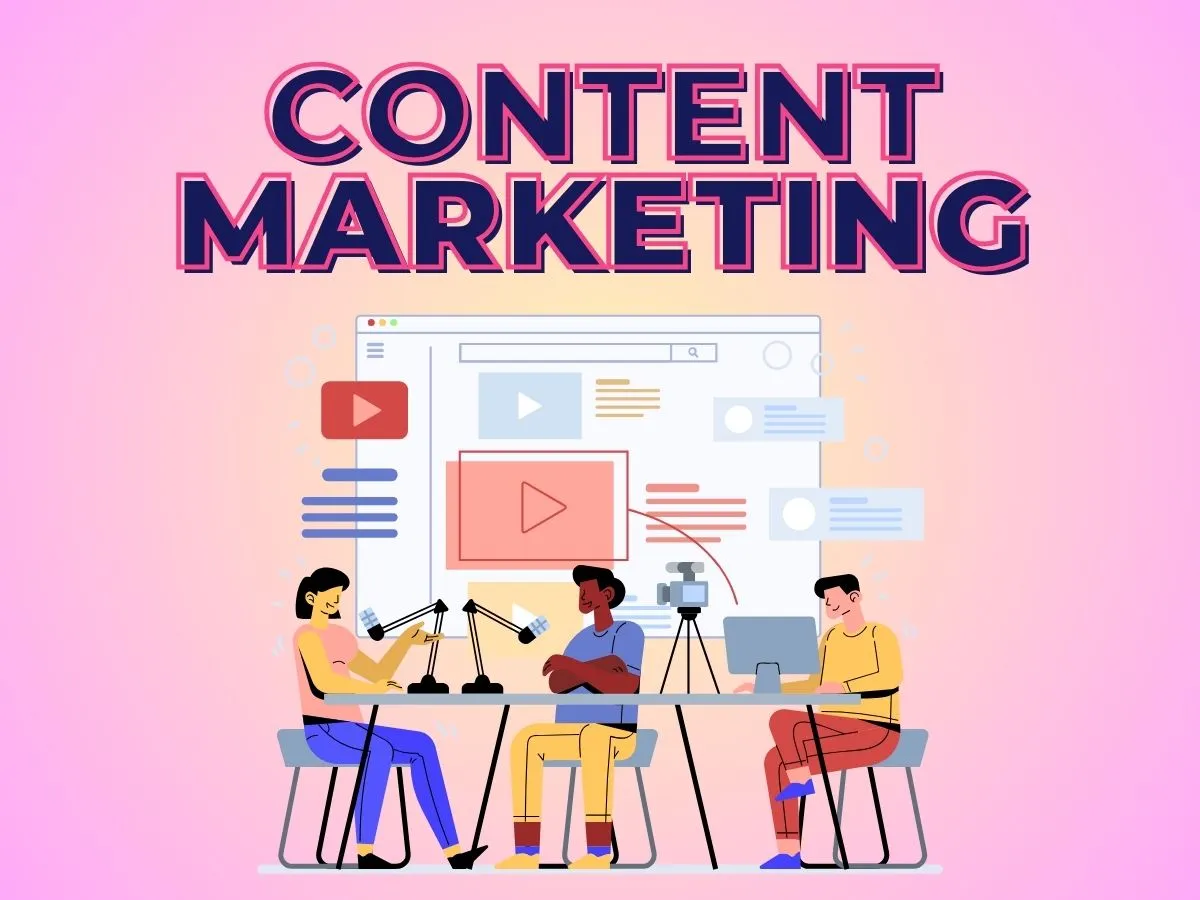
Key Types of Content Marketing Strategy
To effectively execute your plan, you need to use a variety of content formats. Here are eight essential types to consider.
1. Blog Posts & Articles
Blog posts are articles published on your website that address your audience’s pain points, questions, and interests.
- Key Features: Versatile, SEO-friendly, easily shareable.
- Best for: Driving organic traffic, building authority, and answering specific customer questions.
- Typical Investment: Low to medium. Requires time for research and writing or the cost of hiring a freelance writer or a content marketing agency.
2. Video Content
Engaging visual content published on platforms like YouTube, TikTok, or your own website. Formats include tutorials, product demos, interviews, and behind-the-scenes looks.
- Key Features: Highly engaging, high retention rate, great for explaining complex topics.
- Best for: Showcasing products, building a brand personality, and social media marketing.
- Typical Investment: Medium to high. Requires equipment, editing software, and time.
3. Podcasting
Episodic audio files that users can subscribe to and listen to on the go. Topics can range from industry news to expert interviews.
- Key Features: Builds an intimate connection with the audience, convenient for consumption.
- Best for: Nurturing a loyal community, establishing thought leadership, reaching busy professionals.
- Typical Investment: Medium. Requires a good microphone, editing software, and a hosting platform.
4. Ebooks & Whitepapers
Long-form, downloadable content that offers a deep dive into a specific topic. They are typically exchanged for a user’s email address.
- Key Features: Comprehensive and excellent for lead generation.
- Best for: Capturing leads, providing in-depth value, and positioning your brand as a definitive expert.
- Typical Investment: Medium. Requires significant research, writing, and design effort.
5. Social Media Content
Content tailored for platforms like LinkedIn, Instagram, Facebook, and X (formerly Twitter). It includes images, short videos, stories, and text updates.
- Key Features: Drives engagement, builds community, allows for direct interaction with your audience.
- Best for: Brand awareness, driving traffic to your website, and promoting other content.
- Typical Investment: Low to medium. Requires consistency and a good understanding of each platform’s algorithm.
6. Infographics
Visual representations of information, data, or knowledge intended to present complex information quickly and clearly.
- Key Features: Highly shareable, easy to digest, visually appealing.
- Best for: Simplifying complex data, social media sharing, and earning backlinks.
- Typical Investment: Low to medium. Can be created with tools like Canva or by hiring a designer.
7. Email Newsletters
A direct line of communication with your most engaged audience. Newsletters deliver curated content, updates, and promotions straight to subscribers’ inboxes.
- Key Features: High engagement rates, builds customer relationships, drives repeat traffic.
- Best for: Nurturing leads, promoting new content, and fostering customer loyalty.
- Typical Investment: Low. Primarily requires an email marketing platform and time to write compelling copy.
8. Case Studies & Testimonials
Stories that demonstrate how your product or service helped a real customer solve a problem. They provide social proof and build credibility.
- Key Features: Builds trust, overcomes objections, highlights real-world benefits.
- Best for: The decision-making stage of the buyer’s journey, empowering your sales team.
- Typical Investment: Medium. Requires customer outreach, interviews, writing, and approval processes.
How to Build a Winning Content Marketing Strategy
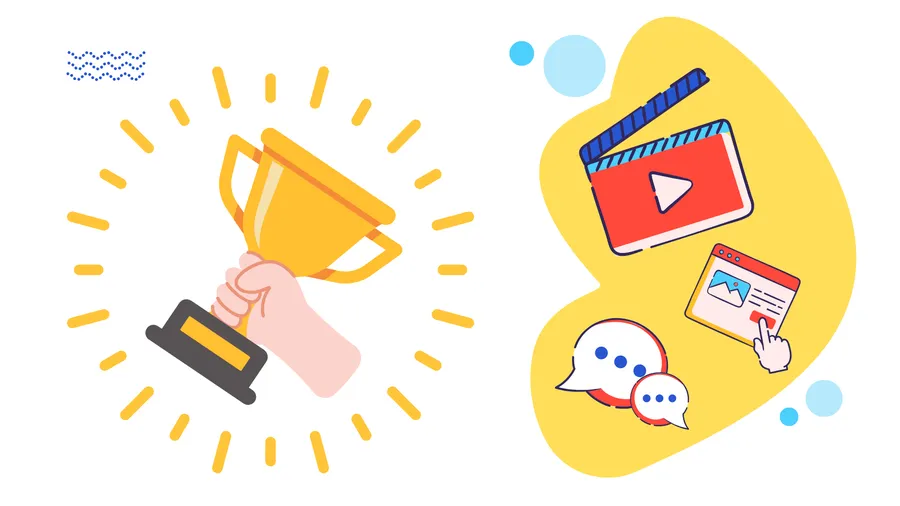
What is content marketing, understanding it, that is the first step. Then the next is building a plan. There are some essential tips:
- Define Your Goals & Audience: What do you want to achieve? Increase traffic by 20%? Generate 50 new leads per month? Be specific. At the same time, create detailed personas of your ideal customer. What are their challenges? Where do they spend their time online?
- Conduct Topic & Keyword Research: Use tools to identify topics your audience is searching for. Focus on keywords that have a healthy search volume but are not impossible to rank for.
- Choose Your Content Formats: Based on your audience and goals, select a mix of the content marketing types listed above. You don’t have to do everything at once. Start with a blog and one social media platform.
- Create & Optimize Content: Focus on producing high-quality, valuable content. Write for humans first, but keep SEO best practices in mind—use your keywords naturally, write compelling headlines, and optimize your images.
- Analyze and Refine: Use analytics to track your performance. Which posts are driving the most traffic? Which formats get the most engagement? Use this data to refine your content marketing strategy over time. For complex analytics, many businesses rely on professional content marketing services.
Conclusion: From Content Marketing to Connection
Basically, content marketing is about making connections with people. It’s a long-term plan that builds trust and makes you look like an expert.
This gets you loyal customers who choose you not because of a fancy ad, but because you were the most helpful. By focusing on what people need and always giving them good information, you build a strong way for your business to grow for a long time.
Frequently Asked Questions (FAQs)
1. What is the difference between content marketing and traditional advertising?
Traditional advertising interrupts your audience with a promotional message (e.g., TV commercials, banner ads). What is content marketing about? It's about attracting your audience by providing valuable, non-promotional content that solves their problems, building a relationship over time.
2. How long does it take to see results from content marketing?
Content marketing is a long-term strategy. While you might see small wins early on, it typically takes 6 to 9 months of consistent effort to see significant results in organic traffic, lead generation, and search engine rankings.
3. Can a small business do content marketing effectively?
Absolutely. Small businesses can be highly effective by focusing on a specific niche. By understanding their customers deeply and creating highly relevant content, they can compete with larger companies without a huge budget. Consistency is more important than volume.
4. How do you measure the ROI of content marketing?
ROI can be measured through various metrics, including organic website traffic, conversion rates (e.g., newsletter sign-ups, demo requests), lead quality, and customer acquisition cost. By tracking how many leads from content become customers, you can calculate a direct financial return.
5. What is the role of SEO in a content marketing strategy?
SEO and content marketing are inseparable. SEO helps ensure the valuable content you create is visible to your target audience on search engines. It involves keyword research, on-page optimization, and building backlinks to help your content rank and attract organic traffic.
Read more: How to Operate Countdown in Eduma Theme: A Step-by-Step Guide
Contact US | ThimPress:
Website: https://thimpress.com/
Fanpage: https://www.facebook.com/ThimPress
YouTube: https://www.youtube.com/c/ThimPressDesign
Twitter (X): https://twitter.com/thimpress
